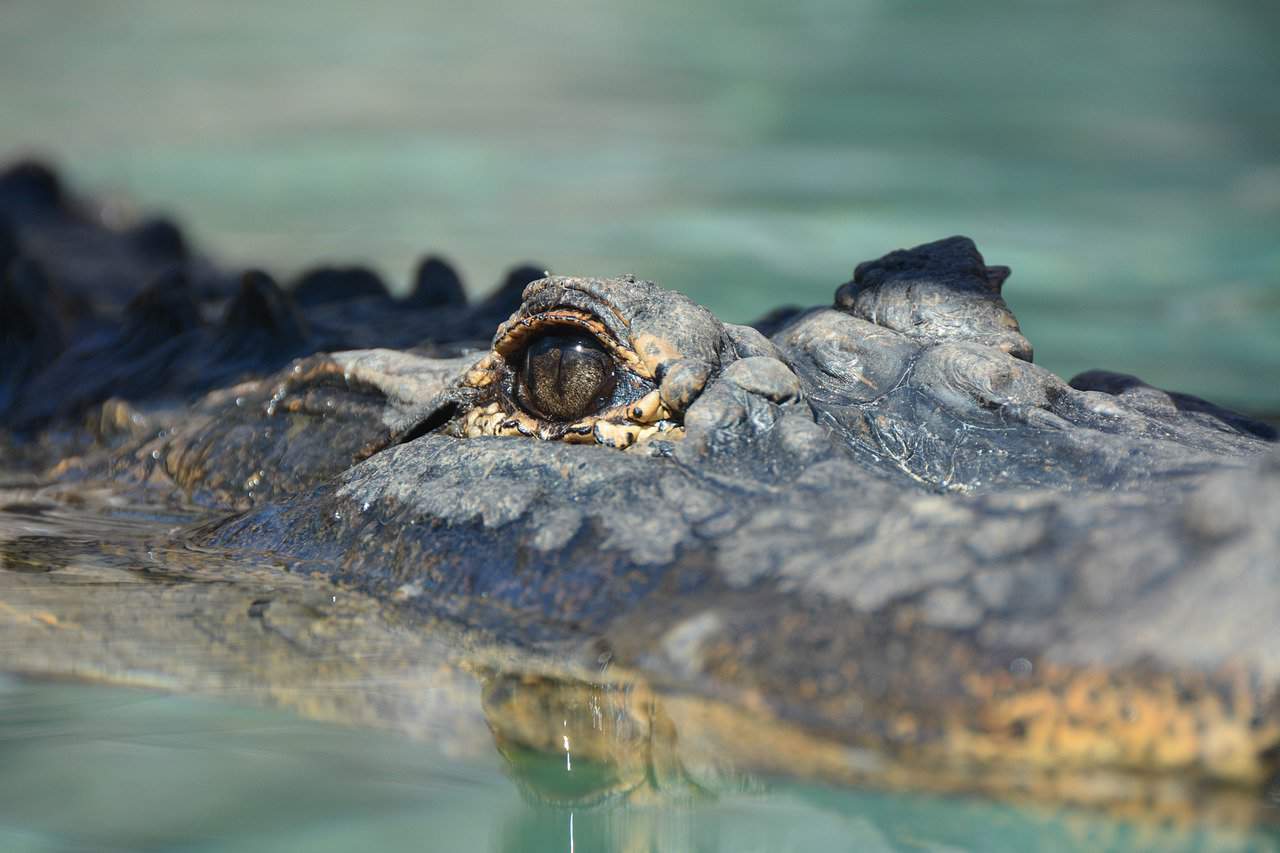A video posted on social networks captured a startling sight at Manuel Antonio National Park – a crocodile gracefully swimming in the sea. The unexpected presence of this reptile prompted authorities to temporarily close the beach area, a popular destination for both Costa Ricans and international tourists.
Lisandro Carrillo Sánchez, a local tour guide, confirmed the incident, revealing that officials from Manuel Antonio National Park swiftly issued an alert, prohibiting access to beach number three due to the crocodile’s presence, estimated to be between 2.5 and 3 meters in length.
In a video shared on his social media accounts, Carrillo Sánchez explained, “There was a crocodile prowling the area. As a security protocol, the park rangers closed the beach because the reptile was seen in the vicinity. It was quite a surprise.” He added thankfully, at the time of the crocodile’s appearance, there were no people in the water.
“This beach is usually bustling with visitors, but caution is now paramount,” he emphasized.
The alert was issued around 9 a.m., prompting officials from the Ministry of Environment and Energy (MINAE) to close the beach temporarily, awaiting the reptile’s departure from the area.
Costa Rica is home to crocodiles and caimans on both the Pacific and Atlantic coasts, residing in various bodies of water such as rivers, lagoons, and canals. According to the National System of Conservation Areas (SINAC), regions with notable populations of these predators include the Tárcoles River in the Central Pacific, the Tempisque River in Guanacaste, the Matina River in the Caribbean, the Sarapiquí and San Carlos Rivers in the Northern Zone, and the Bongo and Nosara Rivers in the Northern Pacific.
Studies conducted by the University of Costa Rica (UCR) indicate that the Tempisque River alone hosts more than 3,000 crocodiles, while the Tárcoles River, despite its smaller size, is home to over three hundred crocodiles per linear kilometer. Both rivers boast between nine and ten reptiles per kilometer.
It’s important to note that crocodile populations demonstrate adaptability to various water types, including fresh, salt, and brackish water, urging caution in all habitat types. Authorities advise continued vigilance in areas where these reptiles are known to inhabit.

